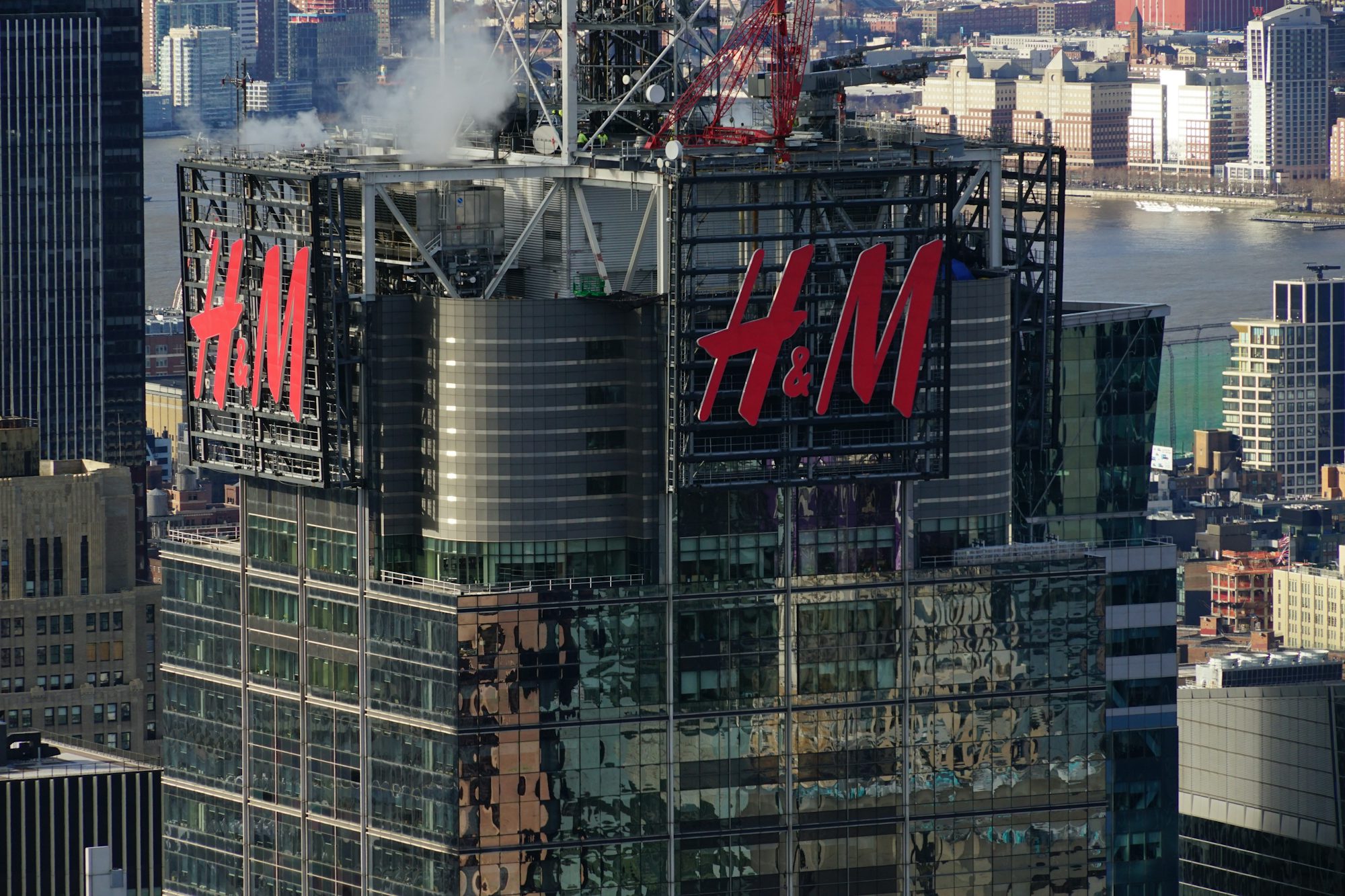The retail landscape is constantly evolving, shaped by technological advancements and changing consumer expectations. As shoppers become more discerning, retailers must adapt to meet their needs. This article delves into the key trends and innovations that are transforming retail today, highlighting how various store types are enhancing customer experiences.
One of the most prominent trends in retail is the rise of e-commerce. Online shopping has become a fundamental part of consumer behavior, allowing customers to shop from the comfort of their homes. Retailers are responding by optimizing their websites and mobile apps to create seamless shopping experiences. Features such as easy navigation, personalized product recommendations, and efficient checkout processes are essential to keep customers engaged and satisfied. Additionally, many brands are implementing augmented reality (AR) features to enhance the online shopping experience, allowing customers to visualize products in their own space before making a purchase.
The integration of technology into brick-and-mortar stores is also reshaping the retail environment. Retailers are using digital tools to create interactive and engaging shopping experiences. For instance, smart mirrors in clothing stores allow customers to try on virtual outfits without physically changing clothes, while digital kiosks provide instant access to product information. These innovations not only streamline the shopping process but also enhance customer engagement, making shopping more enjoyable and efficient.
Sustainability is becoming a critical concern for consumers, prompting retailers to adopt eco-friendly practices. Many shoppers now seek out brands that prioritize sustainability in their operations. This has led to a rise in retailers implementing sustainable sourcing, reducing plastic use, and promoting recycling initiatives. For example, fashion brands are increasingly using organic materials and offering programs that encourage customers to return used items for recycling or upcycling. By aligning their practices with consumer values, retailers can build stronger connections with environmentally conscious shoppers.
Social media plays a pivotal role in shaping consumer perceptions and influencing shopping behavior. Retailers are leveraging platforms like Instagram and TikTok to connect with customers in more authentic ways. Influencer partnerships have become a powerful marketing strategy, allowing brands to reach targeted audiences through relatable and engaging content. Retailers are also using social media for customer service, responding to inquiries and feedback in real time, which enhances the overall shopping experience.
Inclusivity is another significant trend in the retail industry. Consumers are increasingly looking for brands that reflect diversity in their product offerings and marketing. Retailers are responding by expanding their size ranges, offering products for various skin tones, and representing diverse models in advertising. This commitment to inclusivity not only meets the demands of consumers but also fosters a sense of belonging, making shoppers feel seen and valued.
Customer experience is at the forefront of retail strategy, with many brands focusing on creating memorable interactions. Retailers are investing in staff training to ensure that employees provide exceptional service and personalized attention. Furthermore, the integration of technology in customer service—such as AI-driven chatbots—allows retailers to address customer inquiries efficiently while maintaining a human touch. This combination enhances customer satisfaction and encourages loyalty, as consumers appreciate a shopping experience that feels tailored to their needs.
The trend of subscription services continues to grow, offering consumers convenience and personalization. From beauty boxes to curated meal kits, subscription models allow customers to receive products regularly based on their preferences. This not only fosters brand loyalty but also provides retailers with valuable insights into customer behavior, enabling them to refine their offerings over time. Many brands are using data analytics to ensure that subscribers receive products that resonate with their interests, enhancing the overall experience.
Moreover, the concept of localism is gaining traction as consumers increasingly prefer to support local businesses. This shift has prompted retailers to emphasize their community ties and source products from local artisans and producers. Farmers’ markets and boutique shops have surged in popularity as consumers seek fresh, locally sourced goods. By highlighting their local connections, retailers can create a sense of authenticity and strengthen relationships within their communities.
As we look toward the future, adaptability will be crucial for retailers aiming to thrive in this dynamic environment. Retailers that embrace change and prioritize the evolving needs of consumers will be well-positioned for success. By focusing on technology integration, sustainability, inclusivity, and exceptional customer service, retailers can foster meaningful connections with their customers. The future of retail is not merely about transactions; it is about building relationships and creating a sense of community that resonates with consumers.
In conclusion, the retail industry is experiencing significant transformation driven by innovation and shifting consumer expectations. From the rise of e-commerce to the integration of sustainable practices, retailers are finding new ways to engage their audiences. By prioritizing customer needs and embracing change, retailers can navigate the complexities of the modern marketplace, ensuring a vibrant and prosperous future for the industry.





